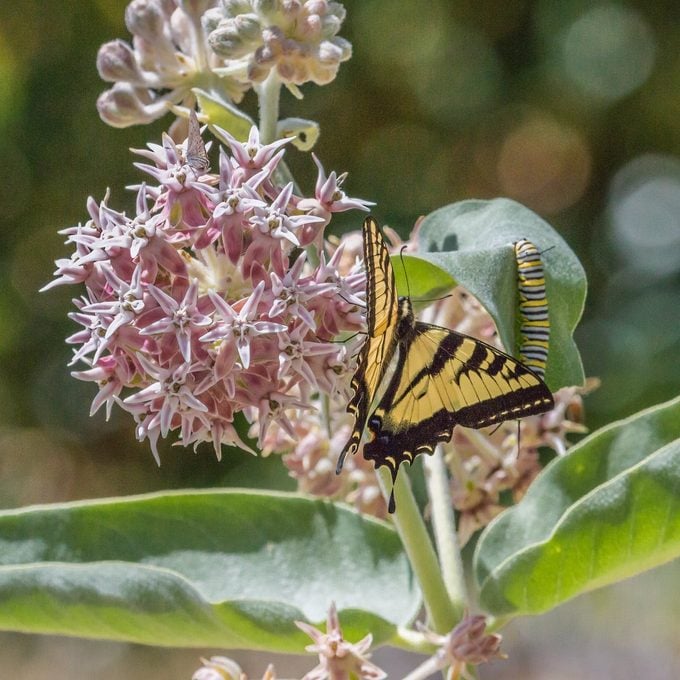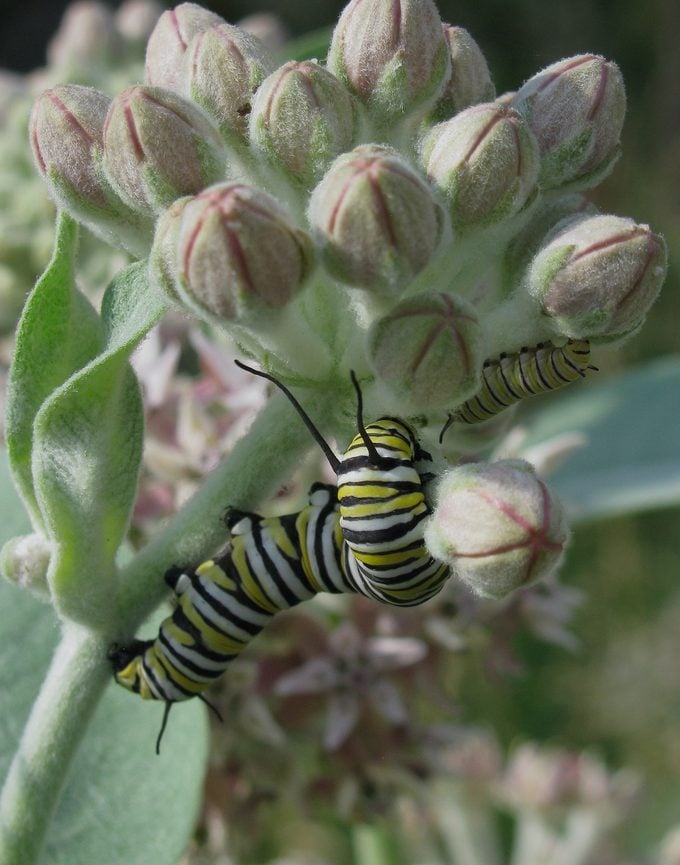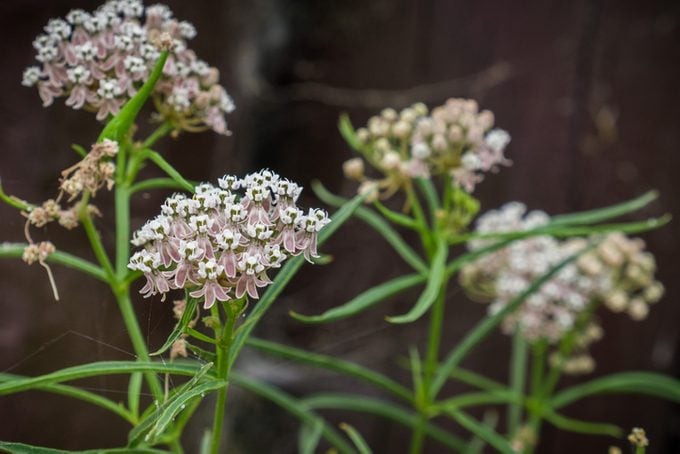Grow Showy Milkweed in Arid Conditions
Updated: Nov. 20, 2023
For those living in arid climates, showy milkweed is a great way to help monarch butterflies. Here's how to grow this native plant.

If you’re looking to help the monarchs, you’re in luck. There are many types of milkweed to add to your garden, all of which are attractive to your favorite orange butterflies. But if you live in an arid climate, is there one kind of milkweed that’s best? Among others, gardening expert Melinda Myers recommends showy milkweed (Asclepias speciosa). As Melinda notes, showy milkweed is tall and, like many milkweeds, robust. It can often be found growing as a wildflower in prairies, savannas and meadows and along roadsides. This native flowering plant is a good choice for gardeners in the western and southwestern states.
Investigate the pros and cons of growing common milkweed.
How to Grow Showy Milkweed
Scientific name: Asclepias speciosa
Zones: 3 to 9
Light: Full sun
Size: Grows up to 3 feet tall
Grown for: Purple, star-shaped blooms in late spring and early summer
Foliage: Thick green leaves
Learn how to grow native swamp milkweed and butterfly weed for monarchs, and discover why you should avoid tropical milkweed.
Benefits of Growing Showy Milkweed

Like the rest of the milkweed plants, showy milkweed is a monarch butterfly favorite and host plant. Caterpillars eat the leaves and it sports gorgeous purple-pink blooms throughout late spring and early summer. This milkweed grows in many types of soils, although good drainage is a must. Similar to other milkweeds, it is generally low maintenance, and you won’t find deer nibbling on it, either. Find out how to get rid of aphids on milkweed plants.
Melinda notes that all milkweeds are toxic to pets, livestock and people if consumed in large quantities. Luckily, she says, they don’t taste good, helping reduce the risk.
Interested in raising monarch butterflies? Here’s what you need to know.
Other Types of Milkweed to Grow in Arid Conditions

Melinda also recommends green milkweed (A. viridiflora), which grows about a foot tall and has green flowers that turn yellow or purplish green. It’s not as showy as showy milkweed, but monarch caterpillars feed on the leaves and many native bees nectar on the flowers. Follow the stages of the monarch butterfly life cycle.
Narrow-leaved milkweed (A. stenophylla) has skinny leaves and white to greenish flowers with hints of yellow. It grows on sandy rangelands or hillside prairies. Butterfly weed (A. tuberosa) is a little tamer than other milkweeds. It is drought tolerant once established and adds bright orange flowers to the late summer garden. When you plant milkweed in your garden, you might find more than monarchs — you might see a milkweed tussock moth or caterpillar.
Next, use this monarch migration map to track their epic journey.




















